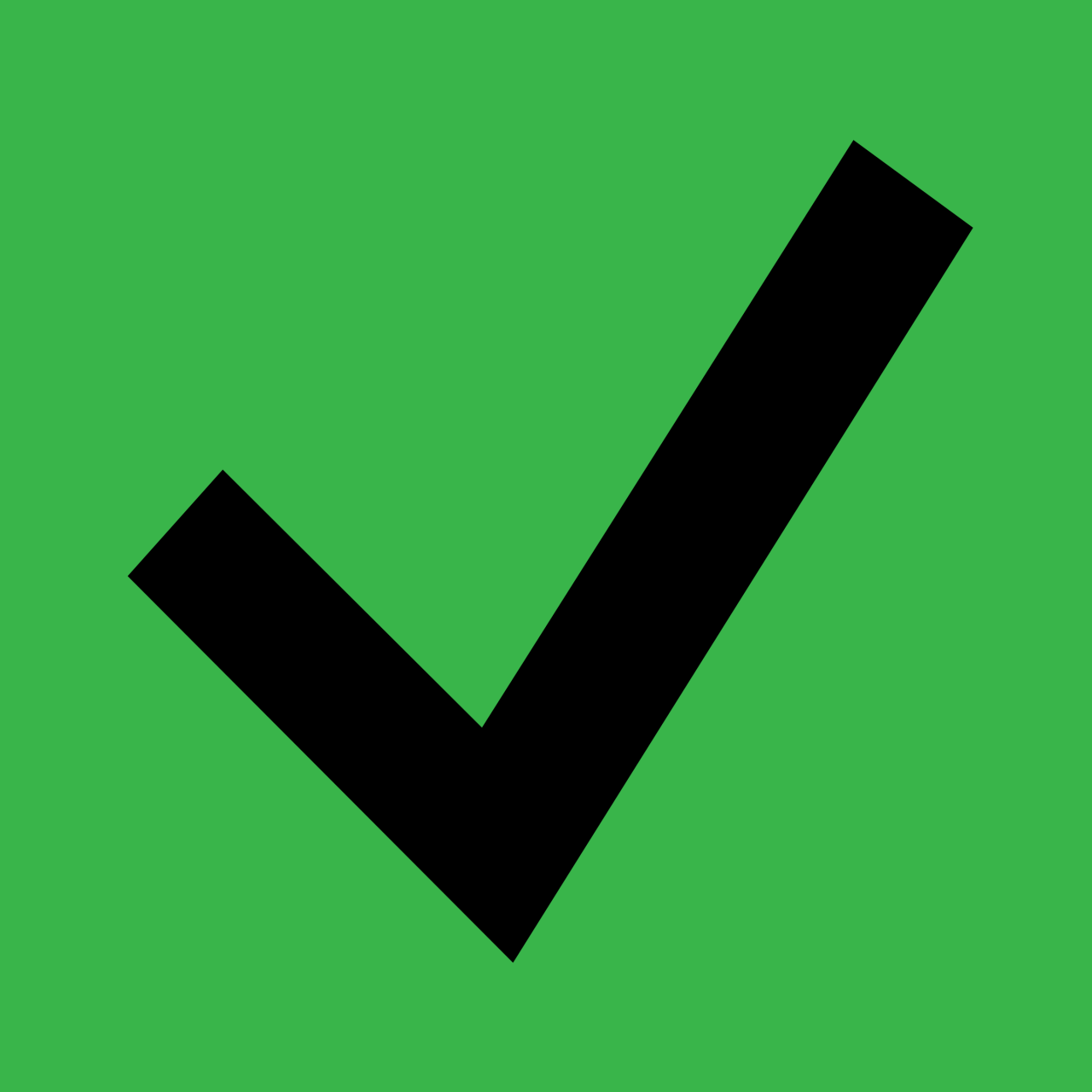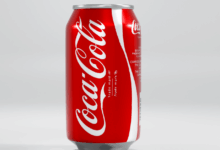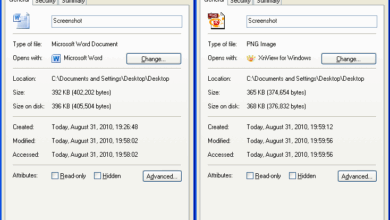How to check cleanliness and hygiene ratings of hotels?
How to check cleanliness and hygiene ratings of hotels? sets the stage for an essential exploration into the heart of hospitality, where cleanliness and hygiene are paramount. As travelers increasingly prioritize their health and safety, understanding the significance of hygiene ratings becomes crucial. These ratings not only reflect a hotel’s commitment to maintaining a pristine environment but also directly influence guest satisfaction and occupancy rates, making them a key factor in the decision-making process for anyone seeking accommodation.
Diving deeper, we will uncover the various methods available to check these vital ratings, ranging from online resources to local health department contacts. We will highlight the key indicators that contribute to a hotel’s cleanliness rating and consider how guest reviews play an integral role in assessing these hygiene standards. By the end, you’ll be equipped with the knowledge to make informed choices for your next stay.
Importance of Cleanliness and Hygiene Ratings

In the hospitality industry, cleanliness and hygiene ratings serve as critical indicators of a hotel’s commitment to maintaining high standards for guest health and satisfaction. These ratings not only reflect the level of cleanliness but also play a substantial role in shaping guests’ perceptions before and during their stay. The significance of these ratings becomes more pronounced in light of recent global health concerns, where hygiene practices have become a priority for travelers.Cleanliness and hygiene ratings impact guest satisfaction and safety in several ways.
To score the best hotel deals, comparing prices across various platforms is essential. Different sites may offer exclusive discounts or packages, so it pays to do your homework. Learn the most effective strategies by reading our article on how to compare hotel prices on different websites? and maximize your travel budget.
Guests are more likely to choose hotels with high hygiene ratings as they associate these ratings with a lower risk of illness and a more pleasant overall experience. Studies have shown a direct correlation between cleanliness ratings and customer loyalty; guests are more likely to return to a hotel that they perceive as clean and well-maintained. Additionally, higher hygiene ratings often translate into positive reviews and recommendations, further influencing potential guests’ decisions.
When planning a hotel stay, it’s crucial to be aware of potential hidden costs that can inflate your final bill. Common charges like resort fees, parking fees, and Wi-Fi charges can catch travelers off guard. To avoid these surprises, check out our guide on what hidden charges to watch out for when booking hotels? to ensure a more transparent booking experience.
Correlation Between Hygiene Ratings and Hotel Occupancy Rates
Understanding the correlation between hygiene ratings and hotel occupancy rates can provide valuable insights for hotel management. Research indicates that hotels with higher cleanliness ratings tend to enjoy higher occupancy rates compared to their lower-rated counterparts. For instance, a study conducted by the American Hotel and Lodging Educational Institute found that properties recognized for their cleanliness reported occupancy rates that were 10-15% higher than those with average ratings.The connection between hygiene ratings and occupancy can be detailed as follows:
- Guest Expectations: Consumers increasingly expect rigorous hygiene standards, making cleanliness a non-negotiable aspect of their decision-making process.
- Influence of Reviews: Online platforms allow guests to share their experiences, and hotels with positive cleanliness ratings often attract more bookings due to favorable reviews.
- Brand Reputation: Consistently high hygiene ratings enhance a hotel’s reputation, often leading to increased direct bookings, reducing reliance on third-party booking sites.
In practical terms, hotels can benefit from investing in cleanliness protocols, not only as a safety measure but as a strategic business decision that increases their competitive edge. Maintaining high hygiene standards is no longer just about compliance; it is a pivotal aspect of business sustainability in the hospitality sector.
“A clean hotel is no longer just an expectation; it’s a fundamental component of guest loyalty and operational success.”
Implementing rigorous cleanliness checks, training staff in hygiene best practices, and ensuring transparent communication of hygiene measures can significantly bolster a hotel’s cleanliness ratings. As travelers continue to prioritize health and safety, the importance of hygiene ratings will only grow in the hospitality landscape.
Methods to Check Hygiene Ratings

In the realm of travel, ensuring a clean and hygienic stay is paramount for guests seeking comfort and safety. Understanding how to check hygiene ratings for hotels can enhance the booking process and provide peace of mind. Utilizing available resources and platforms allows travelers to make informed decisions based on reliable cleanliness assessments.To effectively check hygiene ratings, travelers can turn to a variety of methods which include online platforms, customer reviews, and official health department resources.
Leveraging these channels not only aids in gauging a hotel’s cleanliness but also highlights the establishment’s commitment to hygiene standards.
Online Platforms and Resources
A wealth of information is available on various online platforms dedicated to rating hotel cleanliness and hygiene. These platforms aggregate user reviews, provide official ratings, and often feature photographs that reflect the state of accommodations. The following platforms are particularly useful:
- Tripadvisor: This popular travel site offers user-generated reviews that frequently comment on cleanliness. The platform also provides ratings based on traveler feedback.
- Booking.com: Along with its booking services, it showcases guest reviews focusing on cleanliness, allowing prospective visitors to weigh their options based on firsthand experiences.
- Yelp: Known for its extensive business reviews, Yelp includes sections dedicated to cleanliness, which can guide potential guests in their decision-making process.
- Google Reviews: A simple search of a hotel on Google often yields valuable reviews and ratings, many of which address hygiene and cleanliness specific concerns.
Utilizing these platforms not only provides insights into guest experiences but also highlights trends and recurring issues regarding hotel hygiene across different locations.
Contacting Local Health Departments, How to check cleanliness and hygiene ratings of hotels?
For those seeking official ratings and inspections, contacting local health departments can provide authoritative information about hygiene standards. Health departments conduct regular inspections of hotels and can offer detailed reports on their cleanliness ratings. Here’s how to proceed:
- Research Local Health Department Contacts: Begin by identifying the health department responsible for the area where the hotel is located. Most cities and counties have dedicated health department websites listing contact information.
- Request Inspection Reports: Reach out via phone or email to request the latest inspection report for the hotel in question. Be specific in your inquiry to expedite the process.
- Check Online Databases: Some health departments maintain online databases where inspection results are publicly accessible. Explore these resources to find inspection scores and related hygiene data.
- Follow Up: If initial contact does not yield the needed information, consider following up to ensure your request is being processed.
Engaging with local health departments can uncover critical information that may not be readily available on review sites, ensuring a comprehensive understanding of a hotel’s hygiene standards. By combining insights from online reviews and official health reports, travelers can better assess their lodging choices and prioritize their health and comfort during their stay.
Key Indicators of Cleanliness
Maintaining high standards of cleanliness in hotels is vital for guest satisfaction and overall business success. Guests expect a certain level of hygiene that contributes to their comfort and peace of mind during their stay. Understanding key indicators of cleanliness can help potential visitors make informed decisions about their accommodation choices.Several specific factors contribute to a hotel’s cleanliness rating. Hotels must adhere to rigorous standards and implement best practices in cleaning and sanitation to maintain high hygiene levels.
These indicators not only affect how guests perceive the hotel but also play a crucial role in their overall experience.
Specific Factors Influencing Cleanliness Ratings
The cleanliness of a hotel is evaluated based on several factors, which include the effectiveness of their cleaning protocols, the frequency of sanitation practices, and the overall maintenance of facilities. These factors are essential for ensuring that guests remain healthy and comfortable throughout their stay.Some of the key indicators that significantly impact cleanliness ratings include:
| Indicator | Importance to Guests |
|---|---|
| Room Cleanliness | Directly affects guest comfort and satisfaction; a clean room is essential for a pleasant stay. |
| Bathroom Sanitation | Guests prioritize clean bathrooms; unsanitary conditions can lead to health concerns and negative reviews. |
| Staff Hygiene Practices | Visible adherence to hygiene practices by staff builds guest trust and confidence in the hotel’s cleanliness. |
| Common Area Maintenance | Clean lobbies, hallways, and dining areas create a welcoming atmosphere and reflect overall management quality. |
| Air Quality and Ventilation | Good air quality is crucial for guest health; proper ventilation reduces the risk of illness. |
| Use of Quality Cleaning Products | Effective cleaning products ensure thorough sanitation, significantly impacting the overall hygiene level. |
Each of these indicators plays a vital role in shaping a guest’s perception of cleanliness. Hotels that excel in these areas are more likely to receive positive feedback and repeat business, while those that neglect these standards may face serious reputational damage.
Guest Reviews and Their Role: How To Check Cleanliness And Hygiene Ratings Of Hotels?
Guest reviews hold significant weight in evaluating a hotel’s cleanliness and hygiene standards. They provide firsthand accounts and insights from those who have experienced the hotel environment, making them invaluable resources for potential guests. Analyzing these reviews can reveal trends in cleanliness that official ratings may not fully capture.Understanding the nuances of guest feedback is essential for assessing hygiene. Evaluating both the quantity and quality of reviews allows potential visitors to gauge a hotel’s commitment to cleanliness.
For instance, a hotel with multiple reviews mentioning cleanliness issues may warrant further scrutiny, whereas consistent praise for hygiene could indicate a reliable standard.
Analyzing Guest Feedback Regarding Cleanliness
To effectively analyze guest reviews focused on hygiene aspects, one can employ several methods. The following steps Artikel a structured approach to distilling valuable insights from guest feedback:
1. Collect Reviews from Multiple Platforms
Gather comments from various sources, including travel websites, social media, and hotel-specific apps. This broadens the perspective and avoids bias from a single platform.
2. Categorize Comments
Separate feedback into categories such as cleanliness of rooms, bathrooms, common areas, and dining spaces. This categorization helps in understanding specific areas of concern.
3. Quantify Ratings
Assign numerical values to cleanliness ratings wherever possible. For instance, if a guest rates cleanliness as 5 out of 5, this can be counted towards overall cleanliness metrics.
4. Identify s
Look for recurring s related to cleanliness, such as “spotless,” “dirty,” “stains,” or “fresh.” These terms can highlight strong sentiments and common themes among guests.
5. Utilize Sentiment Analysis Tools
Employ software tools that can analyze the sentiment of the reviews. This can provide a clearer picture of the overall perception regarding cleanliness and hygiene.
6. Cross-Reference with Official Ratings
Compare guest feedback with formal cleanliness ratings from health organizations or travel sites. Discrepancies may indicate areas where hotels can improve.
7. Create Visual Representations
Use charts or graphs to illustrate cleanliness trends over time. This can help potential guests easily understand the hotel’s hygiene performance.
8. Highlight Specific Examples
Draw attention to individual reviews that exemplify hygiene concerns or praises. For instance, a review detailing a particularly dirty bathroom can illustrate a potential risk, while one praising the thorough sanitization efforts can instill confidence.
“Regularly monitoring guest reviews provides a real-time perspective on hygiene practices, aligning hotel operations with customer expectations.”
By implementing these methods, potential guests can obtain a clearer understanding of a hotel’s cleanliness reputation before making reservations. Such analysis not only aids in decision-making but also encourages hotels to maintain high standards of hygiene based on guest expectations.









